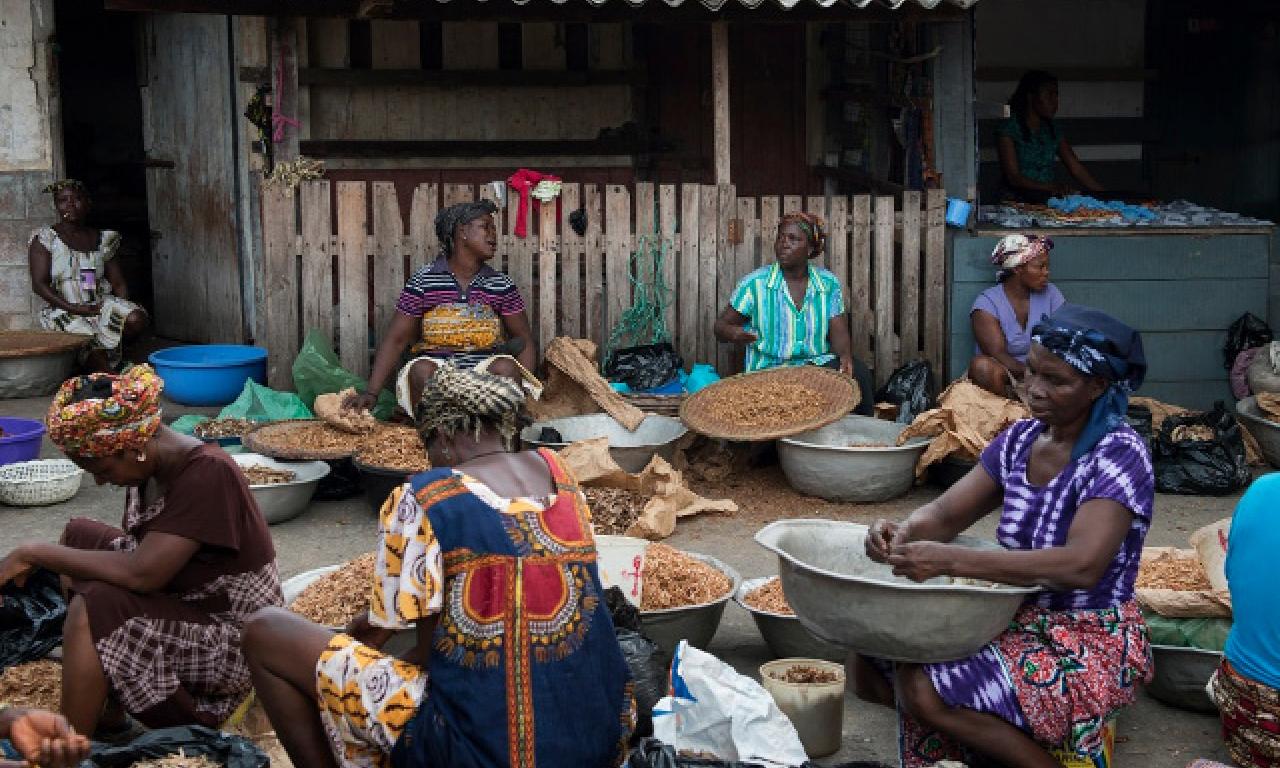
How can aquaculture production be sustainably intensified and in an equitable way? To help answer this question, researchers at WorldFish are using foresight analysis to engage stakeholders in discussions about future challenges and solutions.
Recommended publications
- Futures of inland aquatic agricultural systems and implications for fish agri-food systems in southern Africa
- Exploring Indonesian aquaculture futures
How can aquaculture production be sustainably intensified and in an equitable way? To help answer this question, researchers at WorldFish are using foresight analysis to engage stakeholders in discussions about future challenges and solutions.
By 2050, the global population is projected to reach 9 billion people. To meet future demand for fish, production will need to increase 133 percent between 2010 and 2050. With supplies from capture fisheries in decline, aquaculture has tremendous potential to meet this shortfall.
Producing more fish is not the only challenge for aquaculture. Fish is hugely important for poor people, with 75% of fish consumed in developing countries. In developing aquaculture, planners and policymakers must ensure that fish remain affordable and accessible to the poor people that need it.
Foresight analysis is a planning tool that has allowed researchers to systematically identify the drivers influencing the fish food system explains Natural Resources Management Director, Sarah Park.
“It can be qualitative, or it can be quantitative. It can draw on numerics or on conversations with people. It can be highly participatory or it can be done by a small number of experts,” says Sarah.
Regardless of how it’s used, she notes, “the unifying aim is to generate pictures of the future, called futures or scenarios, and to use those in some way to make decisions.”
Foresight is a tool commonly used by policymakers and businesses. Now, WorldFish researchers are using qualitative and quantitative approaches to foresight to improve planning and policy outcomes.
For example, WorldFish is part of the Fishing for a Future global initiative that assesses challenges in the fish food system and identifies solutions. Here, big data is used to create future scenarios about fish supply and demand, to lobby for more action from global decisionmakers.
In the Pacific, communities that depend on fishing for their livelihoods are challenged by a changing climate, population growth and urbanization. WorldFish and partners are engaging communities in conversations about such challenges and ways to overcome them to improve future food and nutrition security.
Listen to Sarah Park and Ranjitha Puskur discuss how foresight analysis is used at WorldFish to help stakeholders make better decisions and plan for the future.
WorldFish has also used foresight analysis in southern Africa to inform future research and development policies and practices to improve health and nutrition. In Madagascar, Mozambique, Malawi and Zambia, many poor people rely on fish for their livelihoods.
Despite this, these countries have high levels of hunger and large numbers of stunting in children under five. In July 2015, WorldFish researchers brought together multiple stakeholders at a workshop to discuss the drivers and challenges of fish-agri food systems.
“The resulting scenarios helped people identify possible research and policy options to achieve the desired shared future through proactive responses and collaborative action,” explains Ranjitha Puskur, former Senior Policy Advisor at WorldFish.
From these discussions, a new group, led by the Forum for Agricultural Research in Africa, was formed to identify research and development priorities for fisheries and aquaculture developing in Africa. “These scenarios offer a rich resource that can help shape equitable and sustainable trajectories of sustainable food systems.”
As with any research tool, Sarah adds, it might be attractive to question whether the outputs are right or wrong. “But it’s more useful to look at how foresight generates a number of futures and gets multiple stakeholders coming together to say what they think a desired shared future could be. In that way, there’s no right or wrong; there’s a platform to have that conversation and make shared decisions.”